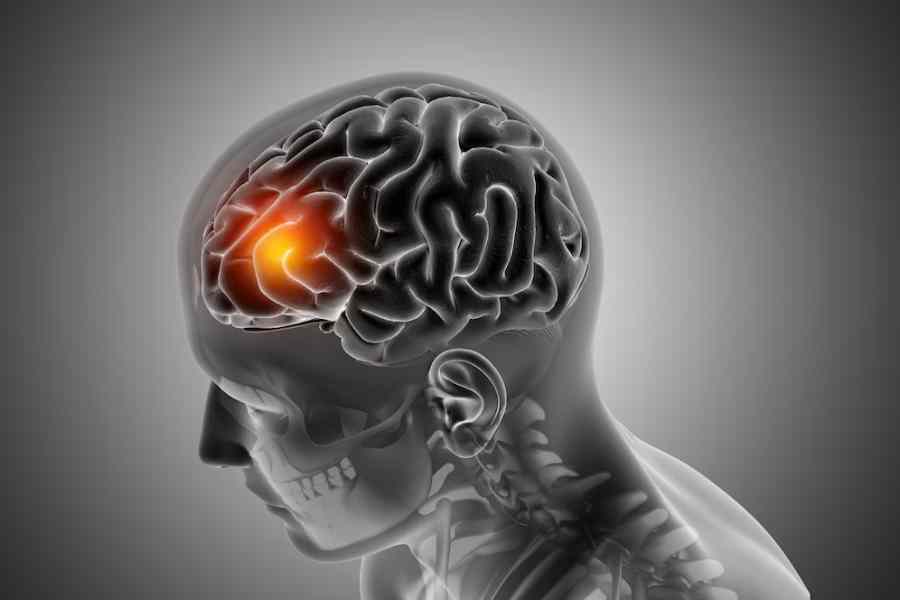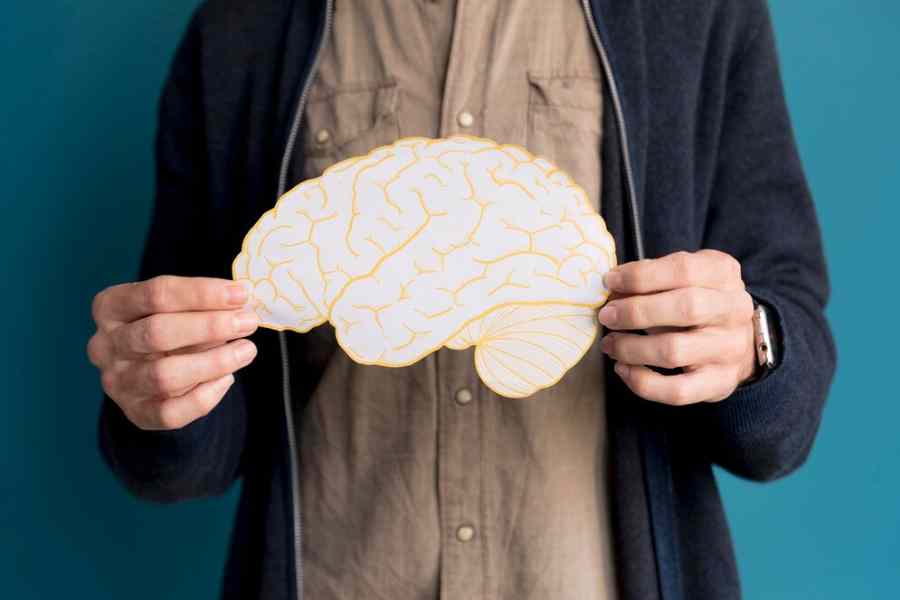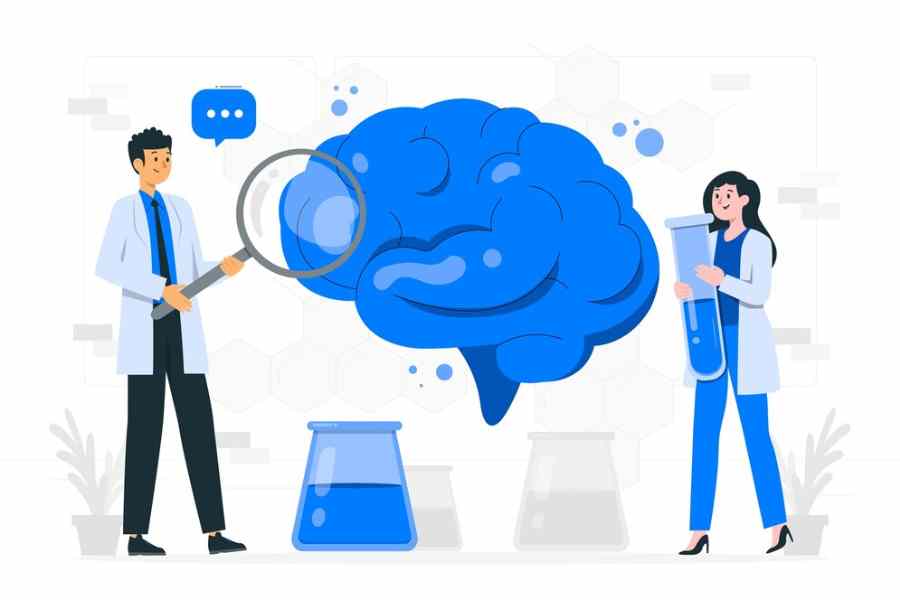
A stroke happens while the blood deliver to a part of the brain is interrupted or reduced, preventing
mind tissue from receiving oxygen and nutrients. Brain cells start to die within mins, main to ability
incapacity or maybe dying. Immediate scientific interest is crucial to mitigate its effects. In recognition of
Stroke Day, it’s important to raise focus approximately the causes, prevention techniques, and recovery
alternatives that may store lives and enhance results for stroke survivors.
Causes of stroke
Poor blood flow to the kidneys leads to stroke, that may lead to mobile loss of life and persistent
incapacity. Different varieties of seizures have the same triggers, from blood vessel occlusion to cerebral
hemorrhage, making it necessary to address every reason with competitive preventive and healing
strategies. Identifying the early signs and signs of allergic reactions and their causes can help lessen
long-time period harm.
1. Ischemic Stroke
Ischemic stroke, the most common type, happens when blood vessels main to the brain turn out to be
narrowed or blocked. This blockage may be resulting from blood clots or fatty deposits (plaque),
decreasing the essential oxygen supply to mind tissue. Recovery from ischemic stroke can also
encompass treatments including clot-dissolving medicinal drug, in conjunction with good sized
rehabilitation at a center like PERKESO.
2. Hemorrhagic Stroke
A hemorrhagic stroke happens whilst a blood vessel within the brain bursts, main to bleeding in or across
the brain. This kind of stroke is frequently associated with high blood strain, aneurysms, or head
accidents. Preventing hemorrhagic stroke entails dealing with situations like hypertension. Recovery may
take longer but can be multiplied thru specialised applications at PERKESO’s rehabilitation middle in
Malaysia.
3. Transient Ischemic Attack (TIA)
Commonly known as a mini-stroke, a temporary ischemic assault (TIA) occurs while there’s a transient
blockage of blood float to the mind. While TIAs don’t cause everlasting damage, they are warning
symptoms of a likely complete stroke. Immediate interest and preventive measures, inclusive of way of
life adjustments and rehabilitation, can lower the threat of a chief stroke.

Overcoming Stroke: The Journey to Health
Stroke recuperation is an extended but workable method, with consequences heavily depending on early
intervention and steady rehabilitation. By addressing bodily, cognitive, and emotional factors of recovery,
survivors can regain their independence and improve their ordinary well-being. Personalized care,
together with the comprehensive applications provided at PERKESO, plays an important position in
guiding patients via each level of their healing. With the proper guide, many stroke survivors can lead
fulfilling and lively lives.
1. Physical appearance
A key component of stroke recovery is physical rehabilitation, which focuses on restoring physical
strength, balance and coordination. At PERKESO, patients receive personalized physical therapy that
includes exercises to improve efficiency and strength, allowing them to regain their independence
Specialized devices and better ways to provide mobility rehabilitation including robotic-assisted therapy
has improved. PERKESO’s multidisciplinary approach assures each patient’s progress is closely
monitored, selling early treatment and long-term results.
2. Cognitive and Speech Therapy
Strokes can impair cognitive features like memory, attention, and hassle-solving, as well as speech.
Cognitive and speech remedy the goal to rebuild those abilities, allowing patients to speak successfully
and regain intellectual sharpness. PERKESO’s stroke healing programs integrate cognitive and speech
therapy into the rehabilitation system, making sure holistic care.
3. Emotional support and Mental health
Recovering from a stroke is not the simplest physical process; Emotional and psychological support is
needed. Many survivors experience stress, depression, or frustration during rehabilitation. Institutions
like PERKESO offer mental health counseling and organizational programs to help trauma survivors deal
with emotional challenges, and promote balanced recovery.

Conclusion:
A stroke could have existence-converting consequences, but with the proper records and activate
motion, it is feasible to prevent and get over its effects. As we apprehend Stroke Day, it’s important to
emphasize the significance of statistics, the one-of-a-kind sorts of strokes, coping with hazard elements,
and attractiveness in entire rehabilitation. Such measures can notably decorate outcomes for the ones
affected. Rehabilitation facilities like PERKESO in Malaysia offer specialized care that facilitates both
bodily and emotional healing, making sure that stroke survivors regain as heaps functionality as feasible.
By elevating recognition on Stroke Day, we can inspire proactive techniques to stroke prevention and
restoration in our groups.

